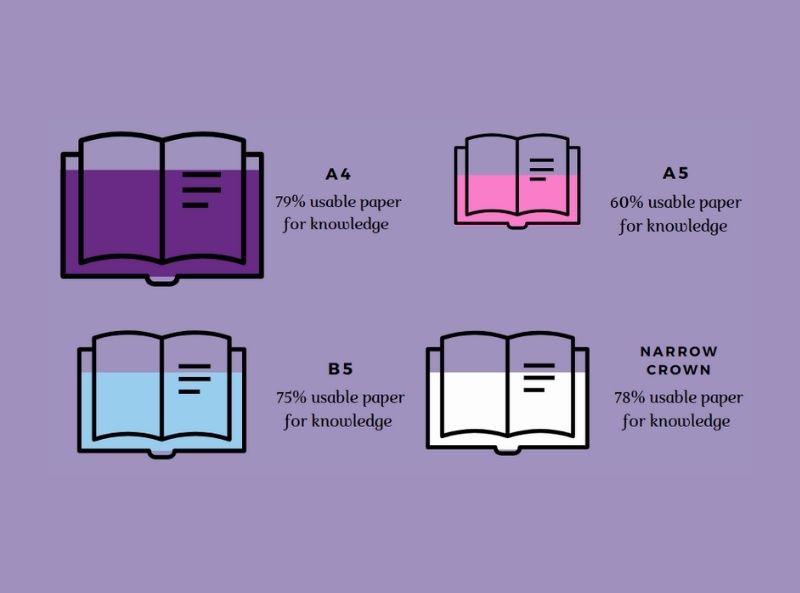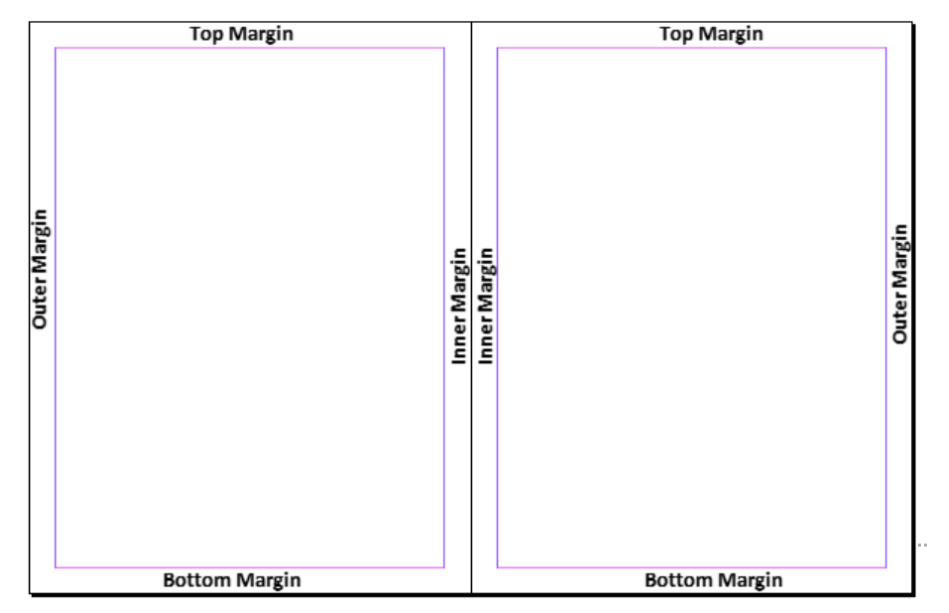May, 2021
Book Sizes in Publishing
Books are found in different sizes and determining your book size is one of the most important decisions to make. Since there are many book sizes available in the market, guidance is needed to help determine which is the most appropriate book size for your project.
Book size is the physical dimensions used for each page in a book. They are used in the publishing industry for books of a particular genre or type. For instance, for school books, the decision on the size should not be based on what you like or prefer, but it should be based on the economic factors for providing knowledge to children and how to do so more cheaply and efficiently.




